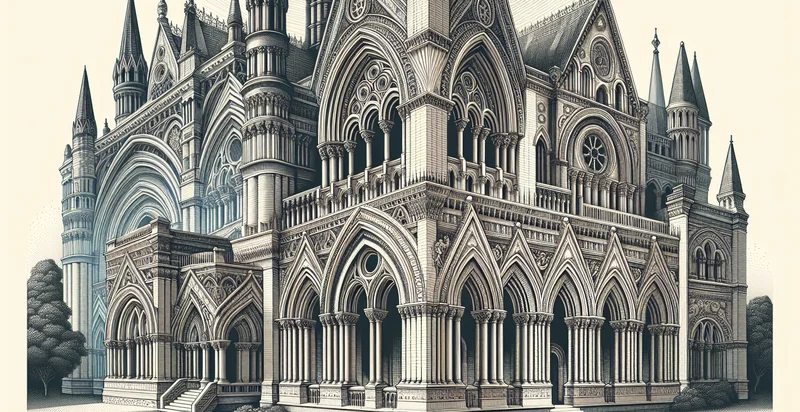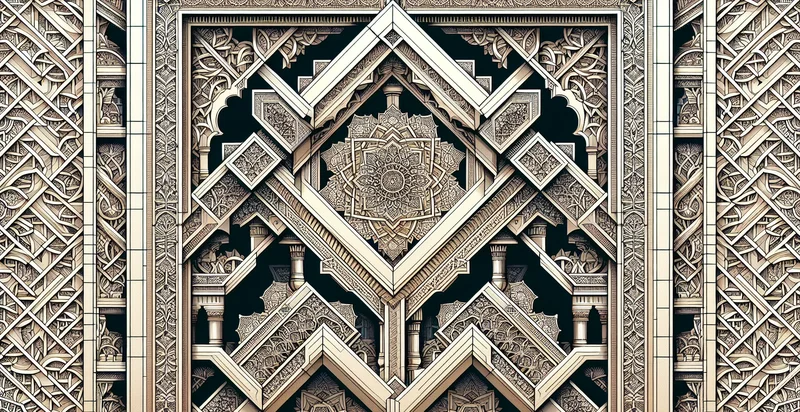Identify architectural style
using AI
Below is a free classifier to identify architectural style. Just upload your image, and our AI will predict what architectural style it is - in just seconds.


Contact us for API access
Or, use Nyckel to build highly-accurate custom classifiers in just minutes. No PhD required.
Get started
import nyckel
credentials = nyckel.Credentials("YOUR_CLIENT_ID", "YOUR_CLIENT_SECRET")
nyckel.invoke("architectural-style", "your_image_url", credentials)
fetch('https://www.nyckel.com/v1/functions/architectural-style/invoke', {
method: 'POST',
headers: {
'Authorization': 'Bearer ' + 'YOUR_BEARER_TOKEN',
'Content-Type': 'application/json',
},
body: JSON.stringify(
{"data": "your_image_url"}
)
})
.then(response => response.json())
.then(data => console.log(data));
curl -X POST \
-H "Content-Type: application/json" \
-H "Authorization: Bearer YOUR_BEARER_TOKEN" \
-d '{"data": "your_image_url"}' \
https://www.nyckel.com/v1/functions/architectural-style/invoke
How this classifier works
To start, upload your image. Our AI tool will then predict what architectural style it is.
This pretrained image model uses a Nyckel-created dataset and has 29 labels, including Apartment, Art Deco, Baroque, Bauhaus, Brutalist, Byzantine, Colonial, Contemporary, Cottage and Craftsman.
We'll also show a confidence score (the higher the number, the more confident the AI model is around what architectural style it is).
Whether you're just curious or building architectural style detection into your application, we hope our classifier proves helpful.
Related Classifiers
Need to identify architectural style at scale?
Get API or Zapier access to this classifier for free. It's perfect for:
- Real Estate Valuation: The architectural style identifier can assist real estate appraisers in determining the value of properties based on their architectural styles. By comparing similar style properties in a neighborhood, appraisers can more accurately assess market trends and property values.
- Urban Planning: Urban planners can utilize the architectural style identifier to ensure that new developments align with the existing architectural landscape of a community. This helps maintain historical character and aesthetic coherence, which can positively influence public perception and property values.
- Historical Preservation: Historical societies and preservationists can use the architectural style identifier to catalog and protect buildings of historical significance. By identifying and classifying architectural styles, stakeholders can prioritize conservation efforts and educate the public about architectural heritage.
- Marketing for Architecture Firms: Architecture firms can leverage the architectural style identifier to tailor their marketing strategies. By understanding the trending architectural styles in specific regions, firms can create targeted campaigns that appeal to prospective clients seeking specific aesthetics.
- Interior Design Consultation: Interior designers can use the architectural style identifier to align their design elements with the building's architecture. This ensures harmonious integration of interior spaces with exterior styles, enhancing the overall appeal of a renovation or new build.
- Automated Real Estate Listings: An automated real estate platform can utilize the architectural style identifier to categorize and filter listings. This feature would allow potential buyers to search for properties based on preferred architectural styles, streamlining their property search experience.
- Construction Regulation Compliance: Regulatory bodies can use the architectural style identifier to monitor and enforce construction compliance with local design guidelines. This helps maintain community standards and promotes adherence to zoning laws and architectural requirements in new developments.


